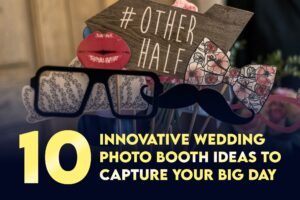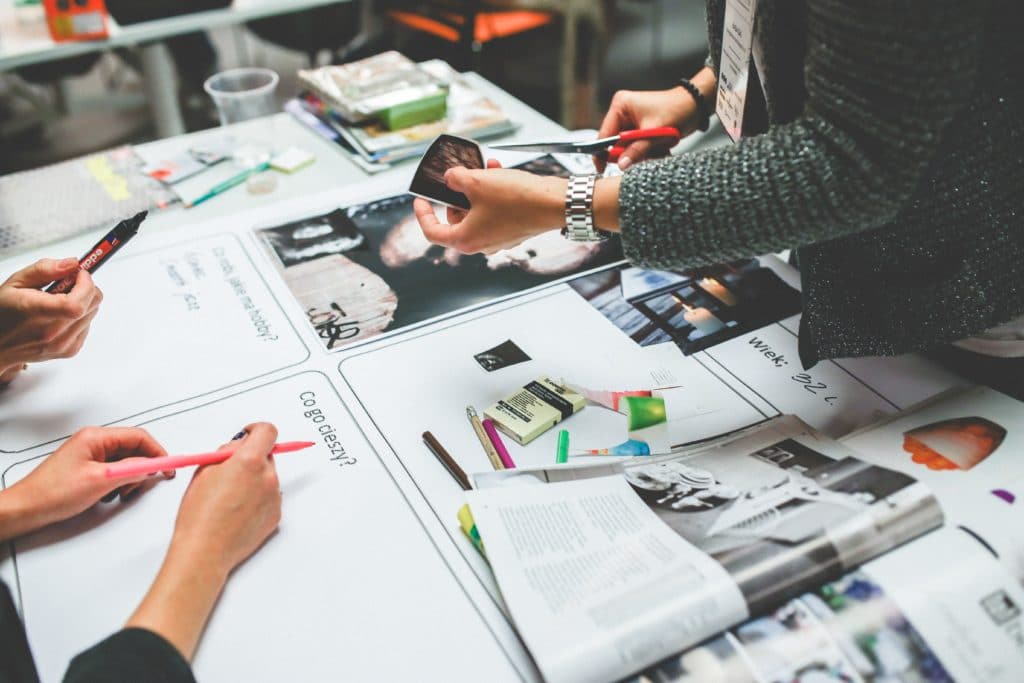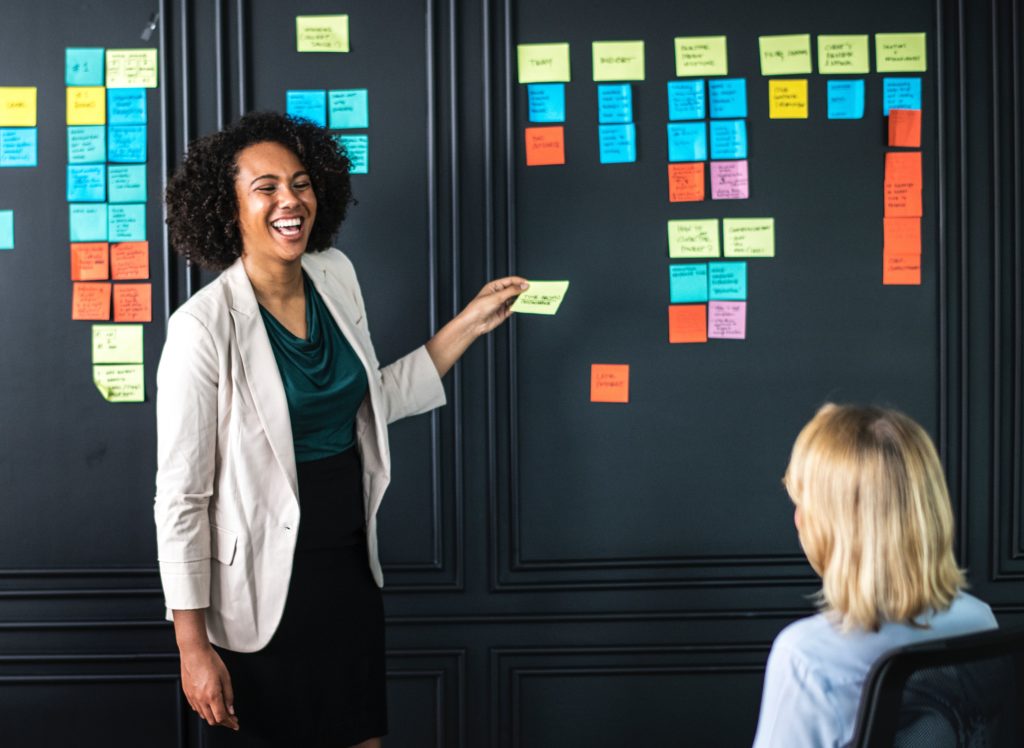

Head of HR at Rent For Event

Head of HR at Rent For Event
Designing an event can be one of the most tedious but rewarding experiences of putting the event together. With great event design, both aesthetically and organizationally, you’re event can create an unforgettable experience for your attendees. You don’t need to have gold elephant statues, fireworks or Snoop Dogg to come perform in order to make the event amazing. We’ve worked with a lot of event planners throughout LA and Southern California as an AV equipment rental company and we’ve seen firsthand how great event design can have a massive impact on the overall experience your event attendees have. Below we share the 3 most important steps to designing an event.

The first thing you need to consider when planning the design of your event is your budget. Look at what resources you have and start figuring out what you need, want and can live without if that’s what needs to be done to meet your budget without seriously hurting the attendee experience. Your primary focus should be the attendees experience and how to give them what they came for in the most delightful and powerful way you can. What do you want them to get out of the event? Is it entertainment, education, meeting specific people, or something else? Get clear on this and base how you approach the event with this as the North Star to guide your efforts.
When it comes to the event location, make sure it fits your budget and meets your projected capacity needs. You should also be considering things such as how quickly attendees can sign in or buy tickets at the event, ensuring they can pay for any food, beverages or other items they may want to purchase at the event and carefully making sure there is no where that overcrowding or extreme slowing down can occur throughout the event area. Once these essentials are clearly determined, you can start to consider different ways to deliver what the event attendees want to them. Will it be through speakers, performing artists, an immersive experience, art installation? We will cover how you can approach this next step more in the next section, first just make sure you have your core needs down around budget and creating the ideal attendee outcome, from there you will have a strong foundation for a great event.
Now is the time to get creative with your event planning team and sketch out ideas, concepts and elements that you can narrow down then decide on. We recommend that you carefully consider what your considerations and focus is when brainstorming, are you focused on the attendees or your ideal way of doing the event? To create a more powerful event that connects with your audience you can start by asking yourself questions such as; How do we want attendees to feel when they get to our event and enter it?, How will we make the entrance experience delightful, simple and build up to what they came for?, How do we want the attendees to engage with the space, speakers or other elements of the event?.

Always keep the audience in mind and consider different attributes, traits and qualities that would describe them and what they care about. How can you incorporate that into the experience? We recommend writing all of these ideas out and to consider trying a practice from the user experience design community, create an affinity map of these different qualities by using sticky notes that you group together based on having something in common. This is a rapid and often fun way to get clear on how you can go about designing not just the event but the experience of the event. Narrow down a theme, determine what type of materials, people and setups you’d need to execute that theme and then begin to connect all the pieces together.
Once you’ve gotten clear on how you want to approach the event design in all major areas that are important to your attendees it is not time to turn the concepts into reality and to take the necessary next steps. Make sure you’ve given yourself ample time to plan and book all the things you need for the event. Brainstorm, organize and book everything in advance and be sure to confirm everything is good to go multiple times before the event and on the day of. Have contingency plans around the venue, materials, AV equipment, personnel and anything else that plays a role in ensuring a great experience for attendees just in case anything goes wrong. You can check out our blog post “The 5 A/V Must Haves For Event Planners” to get a better idea of what you want to make sure you have at your event.
Once you’ve completed these 3 steps, you have ensured that your event will meet not only the needs of your attendees but also has carefully considered their experience and what they want. Your attendees will notice this and be grateful not to mention the word of mouth!